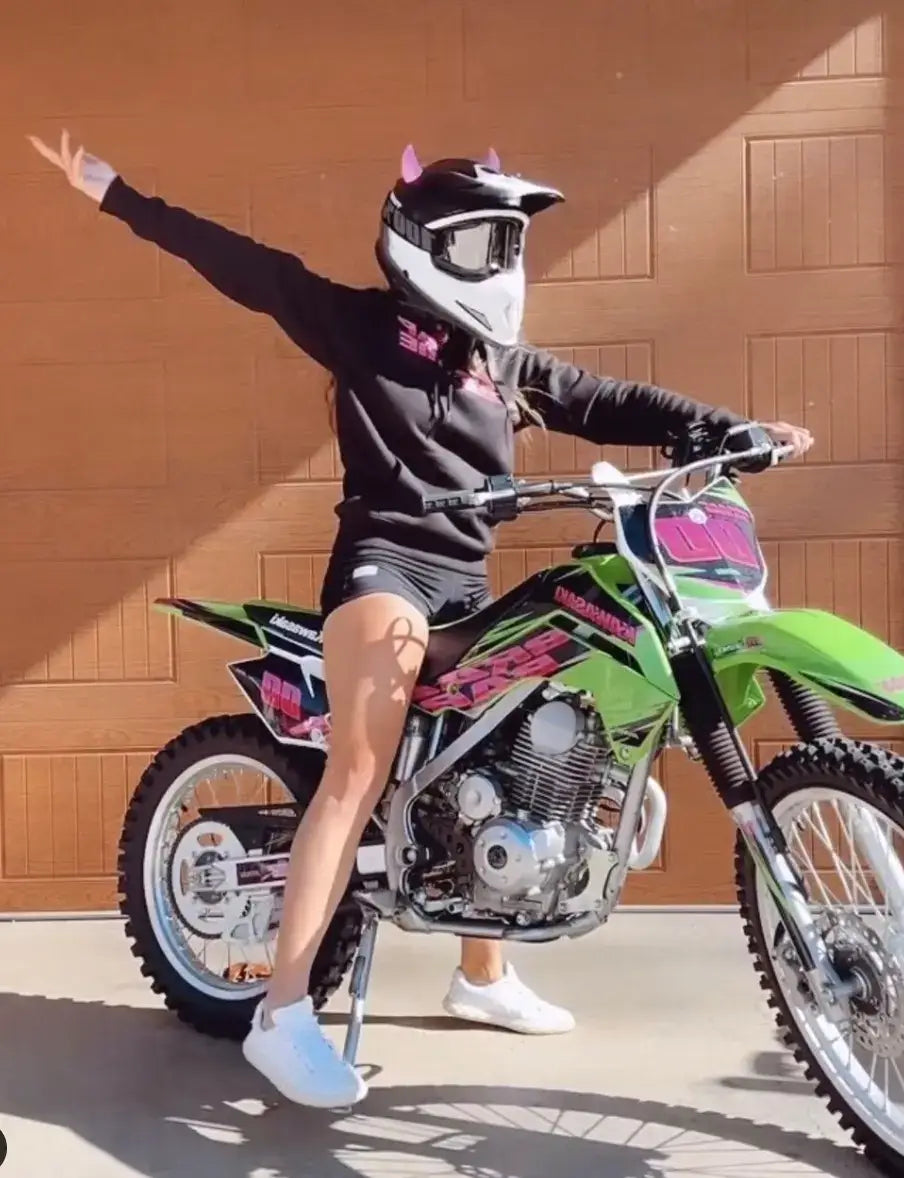Winter is here, and that means it's time to hit the slopes! But before you strap on those skis or snowboard, there's one crucial piece of gear you shouldn't forget - your snowsports helmet. Whether you're a seasoned pro or a newbie to the snow, having the right helmet that fits properly can make all the difference in keeping your noggin safe and sound. In this guide, we'll dive into the nitty-gritty of choosing the right size and fit for your snowsports helmet, so you can enjoy your winter adventures without any worries.
The Importance of a Properly Fitted Helmet
When it comes to protecting your head, a properly fitted helmet is non-negotiable. Not only is it a smart safety precaution, but it's also required by most ski resorts and snow parks. So, let's talk about why getting the right size and fit is crucial:
Safety First!
Let's face it, snowsports can be exhilarating, but they can also be risky. While we can't control everything on the mountain, we can control how well we protect ourselves. Wearing a helmet that fits properly significantly reduces the risk of head injuries, concussions, and more serious accidents. It's like having a personal guardian angel perched on your head, ready to shield you from any unexpected tumbles.
Comfort is Key
Imagine spending a full day on the slopes with a helmet that's too tight, too loose, or simply uncomfortable. Ouch! A poorly fitting helmet can quickly turn your snowy adventure into a headache. A helmet that fits just right will feel snug but not constricting, allowing you to focus on carving up the mountain instead of constantly adjusting your gear.
Measuring Your Head for the Perfect Fit
Now that we've established the importance of a properly fitted helmet, let's dive into how you can measure your head to find the perfect size:
Step 1: Get the Right Tools
Before you start taking measurements, grab a soft measuring tape or a piece of string and a ruler. It's crucial to have an accurate measuring tool to ensure you get the right fit.
Step 2: Measure Your Head Circumference
Wrap the measuring tape or string around the widest part of your head, just above your eyebrows and ears. Make sure it's snug but not too tight. Note down the measurement in centimeters or inches.
Step 3: Check the Sizing Chart
Now that you have your head circumference measurement, consult the sizing chart provided by the helmet manufacturer. Different brands may have slightly different sizing standards, so always refer to the specific chart for the helmet you're interested in.
The Fit Test
So, you've found a helmet that matches your head circumference measurement on the sizing chart. Great! But before you make a purchase, it's essential to do a fit test to ensure it's the perfect fit:
Try It On
Put the helmet on your head, making sure it sits level and covers your forehead. The helmet should feel snug but not tight, with no pressure points or gaps. Shake your head gently from side to side and up and down. If the helmet moves excessively or wobbles, it's too loose. If it feels uncomfortably tight or presses against your forehead, it's too small.
Adjustments Are Your Friends
Most helmets come with adjustable features to help you fine-tune the fit. Experiment with the straps, pads, and retention systems to achieve a secure and comfortable fit. Remember, a helmet that fits well should feel stable and not move around when you shake your head or during sudden movements.
When to Replace Your Helmet
Now that you've found the perfect helmet that fits like a dream, it's crucial to know when it's time to bid it farewell and invest in a new one. Here are a few signs that indicate it's time for a replacement:
Impact Damage
If you've been involved in a significant fall or collision, your helmet may have absorbed the impact and compromised its protective capabilities. Even if there are no visible cracks or dents, it's better to err on the side of caution and replace it.
Age and Wear
Like most things in life, helmets have a shelf life. Over time, the materials may deteriorate, and the protective qualities may diminish. If your helmet is more than five years old or shows signs of wear and tear, it's time to retire it and get a fresh one.
Incorrect Fit
If you've gained or lost weight, or if your head has gone through any significant changes, your helmet's fit may no longer be optimal. It's essential to have a helmet that fits properly to ensure maximum protection.
Hit the Slopes with Confidence!
Congratulations! You're now armed with the knowledge to choose the right size and fit for your snowsports helmet. Remember, safety should always be a top priority when it comes to winter adventures. So, go ahead and find that perfect helmet that not only offers superb protection but also suits your style. Now, grab your gear, hit the slopes, and have a blast knowing that your noggin is safe and sound!
And always remember, the most important rule of snowsports is to have fun, so stay safe out there and enjoy the ride!









